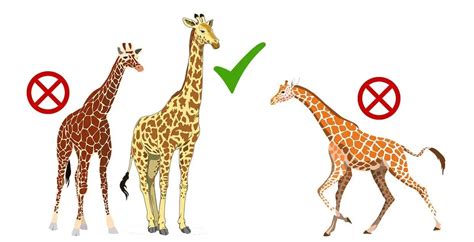How Does Natural Selection Lead to Evolution?
Natural selection is the engine of evolution, the driving force behind the incredible diversity of life on Earth. But how exactly does it work? Understanding this process requires exploring its core components and how they interact. This post will delve into the mechanics of natural selection and explain its crucial role in shaping the evolutionary trajectory of species.
The Pillars of Natural Selection
Charles Darwin's theory of natural selection rests on several key principles:
-
Variation: Individuals within a population are not identical. They exhibit variations in traits, such as size, color, speed, or resistance to disease. These variations arise from genetic mutations and sexual reproduction.
-
Inheritance: Many of these variations are heritable, meaning they can be passed down from parents to offspring. This inheritance is crucial because it allows favorable traits to be preserved across generations.
-
Overproduction: Populations tend to produce more offspring than can survive in a given environment. This leads to competition for limited resources like food, water, shelter, and mates.
-
Differential Survival and Reproduction: Individuals with traits better suited to their environment are more likely to survive and reproduce, passing on those advantageous traits to their offspring. This is the core of natural selection – the "survival of the fittest." "Fittest," in this context, refers to the organism's ability to survive and reproduce in its specific environment, not necessarily its physical strength.
How Natural Selection Drives Evolutionary Change
These four principles work in concert to drive evolutionary change:
1. Environmental Pressure Shapes Selection
The environment acts as a selective pressure. A changing climate, the introduction of a new predator, or the emergence of a new disease can all significantly influence which traits are advantageous and which are not. Traits that enhance survival and reproduction in the face of these pressures become more common in the population over time.
2. Favorable Traits Become More Frequent
Over many generations, the frequency of beneficial traits increases within the population through a process called adaptation. This leads to a shift in the overall characteristics of the population, marking a change in its genetic makeup. This gradual change in the heritable characteristics of a population over successive generations is the definition of evolution.
3. Examples of Natural Selection in Action
Numerous examples illustrate natural selection's power:
-
Peppered Moths: During the Industrial Revolution, darker-colored peppered moths became more common in polluted areas because their coloration provided better camouflage against soot-covered trees, increasing their survival rate.
-
Antibiotic Resistance: The overuse of antibiotics has led to the evolution of antibiotic-resistant bacteria. Bacteria with naturally occurring resistance genes survive and reproduce, leading to populations of bacteria that are no longer susceptible to the antibiotic.
-
Darwin's Finches: The diverse beak shapes of Darwin's finches on the Galapagos Islands are a classic example of adaptive radiation, driven by natural selection to exploit different food sources.
Beyond Natural Selection: Other Evolutionary Mechanisms
While natural selection is a major driver of evolution, it's not the only one. Other mechanisms, such as genetic drift, gene flow, and mutation, also play significant roles in shaping the genetic makeup of populations. Understanding the interplay of these mechanisms provides a comprehensive view of how evolution works.
Conclusion: A Continuous Process
Natural selection is a continuous process, constantly shaping life on Earth. By understanding its principles, we gain invaluable insight into the breathtaking diversity and adaptability of the living world. The ongoing research in evolutionary biology continues to unveil the intricacies of this powerful force, reinforcing its central role in the story of life.
